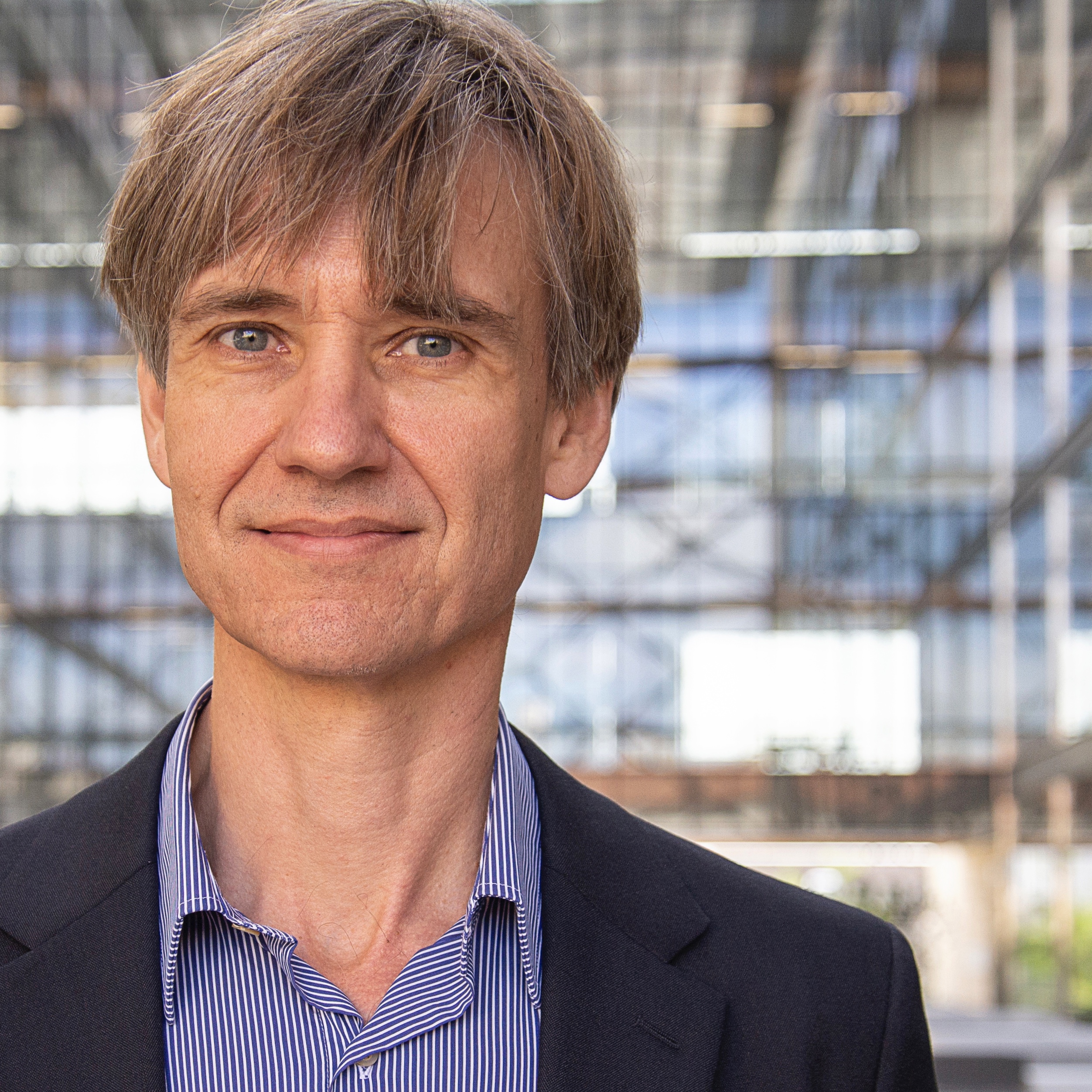|
|
|
Advising, Teaching and Plans
- Tentative Office Hours: Tu,Thu 1-2pm and W 11-12 noon
-
Teaching
Information Theory EE381K-7 (Fall 2025 - Graduate)
Probability,Statistics and Random Processes EE351K (Spring 2026 - Undergraduate) - Advising:
I'm happy to give advice or help you figure out what might be the right questions.
I prefer to meet you in person. Prepare your thoughts and questions and drop by my office hours!
If need be, we can set up another time.
Group News and Publications
- For recent publications see my publications page.
- A. Anand (PhD 2018) G. de Veciana and Sanjay Shakkottai receive IEEE Communications Society William R. Bennett Prize, 2021.
-
Recent talks by Gustavo, Jean and Jiaxiao at WIOPT and Wireless ML Workshop 2020
- Another awesome Senior Design Team You BeeLong at UT An interactive augemented reality experience. Austin Texas, May 2020. (Thanks for taking me along for the ride!)
- Jiaxiao Zheng (PhD 2019) received the Best Student Paper Award, International Symposium on Modeling and Optimization in Mobile, Ad Hoc, and Wireless Networks (WiOpt), June 2019.
- Saadallah Kassir received Best In-session Session Presentation Award, for outstanding presentation in the "Device-to-DEvice and 5G Networks" session at IEEE INFOCOM, May 2019.
- Yuhuan Du (PhD 2015) received Best In-Session Presentation Award, for outstanding presentation in "Scheduling for Cloud Computing" session at Infocom 2016.
- My awesome Senior Design Team wins First Place in Honors Team Category. ALFRED The Robot Home Assistant Austin Texas, December 2015.
- Virag Shah and G. de Veciana awarded Best paper Award, IEEE INFOCOM 2014.
- Yuhuan Du (PhD 2015) wins third place in TouchDevelop Mobile Code Jam Challenge, IEEE CCNC 2013.
- Philippe Girolami (MS 2000) in startup mode at Sensorly creating wireless coverage maps. Click here to try it out!
- Jeremy Chen (PhD 2007) heading up Google's Public DNS service Click here to try it out!
- Vinay Joseph (PhD 2013) and G. de Veciana receive
Best Tech Talk Award 2011. Intel/Cisco Video-Aware Wireless Networks (VAWN) Conference,
"Rethinking Video Transport: Quality of Experience meets Multi-user Rate Adaptation,'' October 2011. - Angel Cuevas, Manuel Uruena and G. de Veciana ,receive Best Paper Award, ACM International Conference on Modeling, Analysis and Simulation of Wireless and Mobile Systems , October 2010.
- Bilal Sadiq (PhD 2010) and G. de Veciana , receive Best Paper Award, 22nd International Teletraffic Congress (ITC22), September 2010.
Selected Ongoing Research
|
Architecture and abstractions for environment and traffic aware system-level coordination of wireless networks. We are exploring a system-level framework to mitigate interference using coarse grained coordination of transmissions across base stations. Our approach is based on collecting and mining measured data capturing a user population's diversity in sensitivity to interference -- see figure to the left. Our research aims at developing abstractions and optimizations which enable such coordination to depend on specific characteristics of the traffic and envronment the system is operating under. Our results to date suggest not only improved performance (capacity), but decreased average power requirements along with substantially more uniform wirless coverage. Click on picture for more. | |
|
Using stochastic geometry to better understand wireless and sensor networks. One of our current reserach thrusts involves developing a better understanding of the spatial character of wireless and sensor networks. For example we are investigating how spatially distributed, end systems, wireless providers, sensors can interfere, compete or cooperate with each other to deliver better service. For example by properly routing information in an ad hoc network of wireless sensor nodes one can significantly reduce the energy expenditures. The figure on the left shows the energy contours associated with different locations for a network of sinks, compressor nodes and sensors. As part of our work we are investigating tradeoffs between compression, routing, and energy conservation. Click on picture for more. | |


